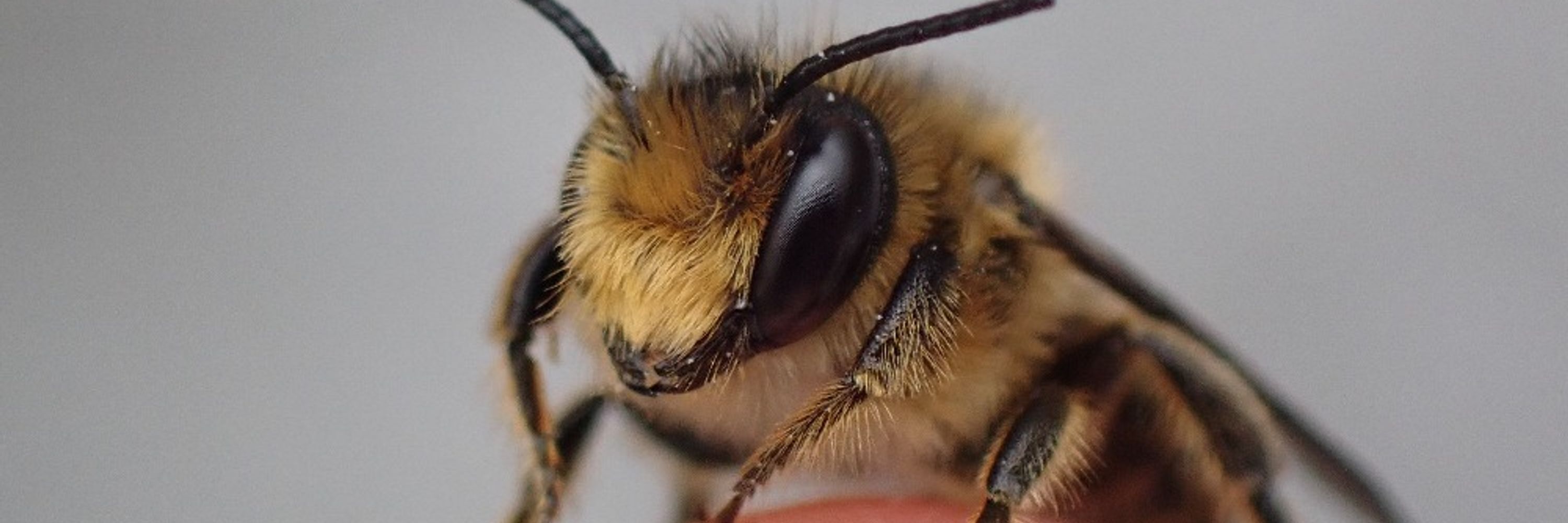
An Irish naturalist sharing experiences, education and enthusiasm.
Harvestman validator for the National Biodiversity Data Centre.
Founder of https://microwild.org
Call me: Brian

Thanks to Sarah Larragy and Prof. Jane Stout for the opportunity.
Special thanks to Caroline (who also invited me) and Aoife for signing my talk.

Special thanks to Caroline (who also invited me) and Aoife for signing my talk.
For some reason, I assumed it would use its palps (pincers) more, but it didn't. It just chomped away with its chelicerae (jaws).

For some reason, I assumed it would use its palps (pincers) more, but it didn't. It just chomped away with its chelicerae (jaws).
This flatworm specimen was sent to me to photograph and share it with you all. A non-native visitor to this island, it seems to be located primarily in the south-west and most likely arrived on horticultural goods, once again, highlighting the importance of biosecurity.

This flatworm specimen was sent to me to photograph and share it with you all. A non-native visitor to this island, it seems to be located primarily in the south-west and most likely arrived on horticultural goods, once again, highlighting the importance of biosecurity.
The last time Mitostoma chrysomelas was recorded in the Republic of Ireland was way, way back in 1997.
Isn't it a little stunner!!!?

The last time Mitostoma chrysomelas was recorded in the Republic of Ireland was way, way back in 1997.
Isn't it a little stunner!!!?
inverts-2025.eventbrite.ie
There are so many things to talk about, 116 slides' worth of things to be exact! 🙂

inverts-2025.eventbrite.ie
There are so many things to talk about, 116 slides' worth of things to be exact! 🙂
Just follow the link to get your ticket...
irish-bumblebees-2025.eventbrite.ie

Just follow the link to get your ticket...
irish-bumblebees-2025.eventbrite.ie
I promise you some mind-blowing facts and anecdotes.
irish-wasps-2025.eventbrite.ie

I promise you some mind-blowing facts and anecdotes.
irish-wasps-2025.eventbrite.ie
This stunning specimen is Chthonius ischnocheles (get your tongue around that!).
Have you ever seen a pseudoscorpion? Let me know...

This stunning specimen is Chthonius ischnocheles (get your tongue around that!).
Have you ever seen a pseudoscorpion? Let me know...
Monday, September 15th @ 19:30
Grab your ticket here: inverts-2025.eventbrite.ie

Monday, September 15th @ 19:30
Grab your ticket here: inverts-2025.eventbrite.ie
Learn about their lifestyles as well as how to identify them.
Get your ticket here: irish-bumblebees-2025.eventbrite.ie

Learn about their lifestyles as well as how to identify them.
Get your ticket here: irish-bumblebees-2025.eventbrite.ie
Come join me for this webinar, next Monday, 1st September.
Tickets are Pay What You Can: irish-wasps-2025.eventbrite.ie
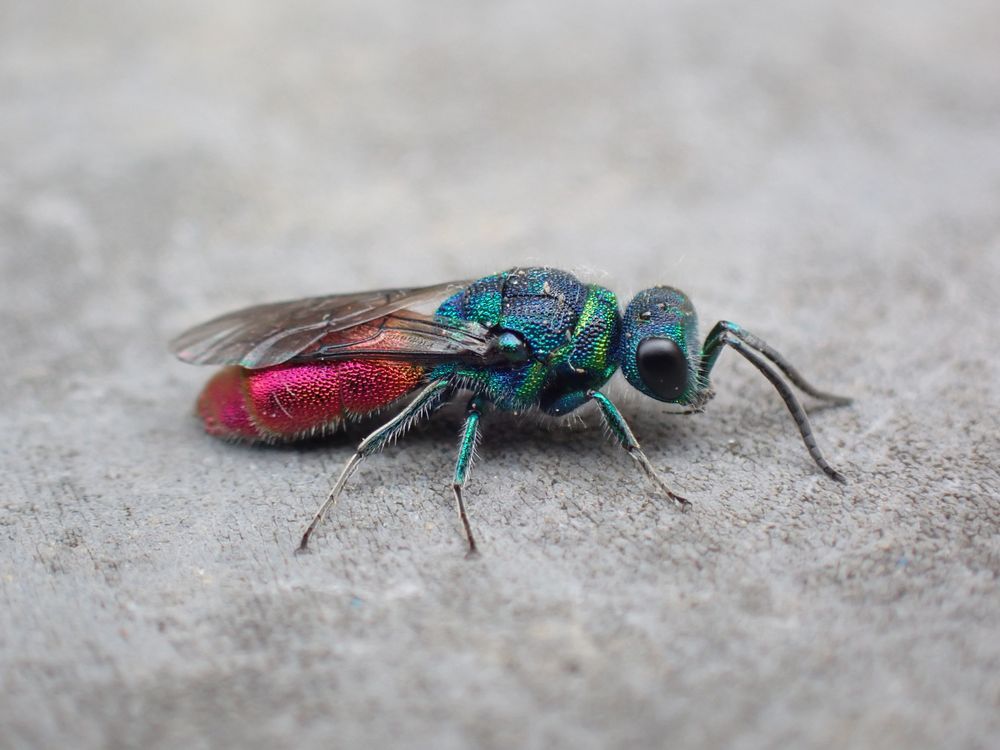
Come join me for this webinar, next Monday, 1st September.
Tickets are Pay What You Can: irish-wasps-2025.eventbrite.ie
Say hello to the Nosy Pill Woodlouse, Armadillidium nasatum.
This is the first record of it in the wild in Ireland (i.e. outside of a garden centre). Keep an eye out for strange things; you never know what you'll find.



Say hello to the Nosy Pill Woodlouse, Armadillidium nasatum.
This is the first record of it in the wild in Ireland (i.e. outside of a garden centre). Keep an eye out for strange things; you never know what you'll find.
This is an adult tick (Ixodes ricinus).
Photo 1: Dormant
Photo 2: It smelled my breath or felt the heat of my finger using special organs (Haller's Organ) on its forelegs and started to wake
Photo 3: It tried to give me a hug 😬
Amazing creatures.

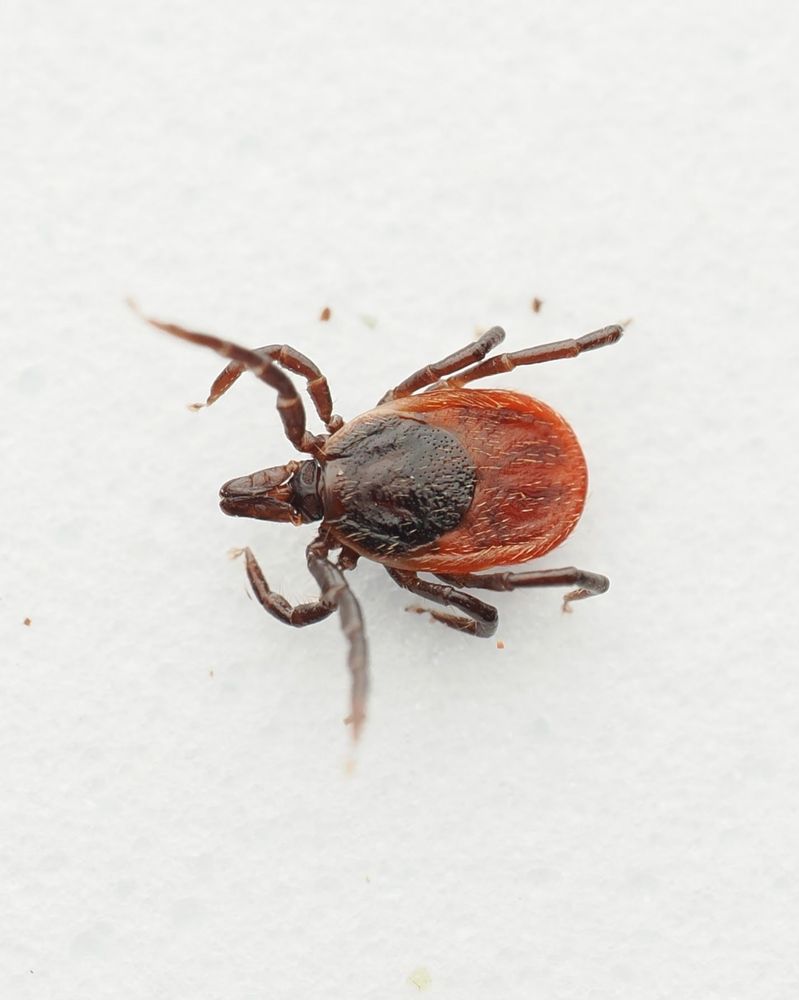

This is an adult tick (Ixodes ricinus).
Photo 1: Dormant
Photo 2: It smelled my breath or felt the heat of my finger using special organs (Haller's Organ) on its forelegs and started to wake
Photo 3: It tried to give me a hug 😬
Amazing creatures.
I know it's anthropomorphic, but jumping spiders always look a little worried to me. I want to help them, but I'm not quite sure how... 🙂

I know it's anthropomorphic, but jumping spiders always look a little worried to me. I want to help them, but I'm not quite sure how... 🙂
Dragonflies are exceptional on-the-wing hunters with a success rate that is unmatched in the animal kingdom.

Dragonflies are exceptional on-the-wing hunters with a success rate that is unmatched in the animal kingdom.
This beautiful Flower Crab Spider (Misumena vatia) was spotted hiding out on some Thistle flowers, waiting for an unsuspecting meal. We saw it eye up an Eristalis tenax (Drone Fly), but it opted out as the fly was quite large.
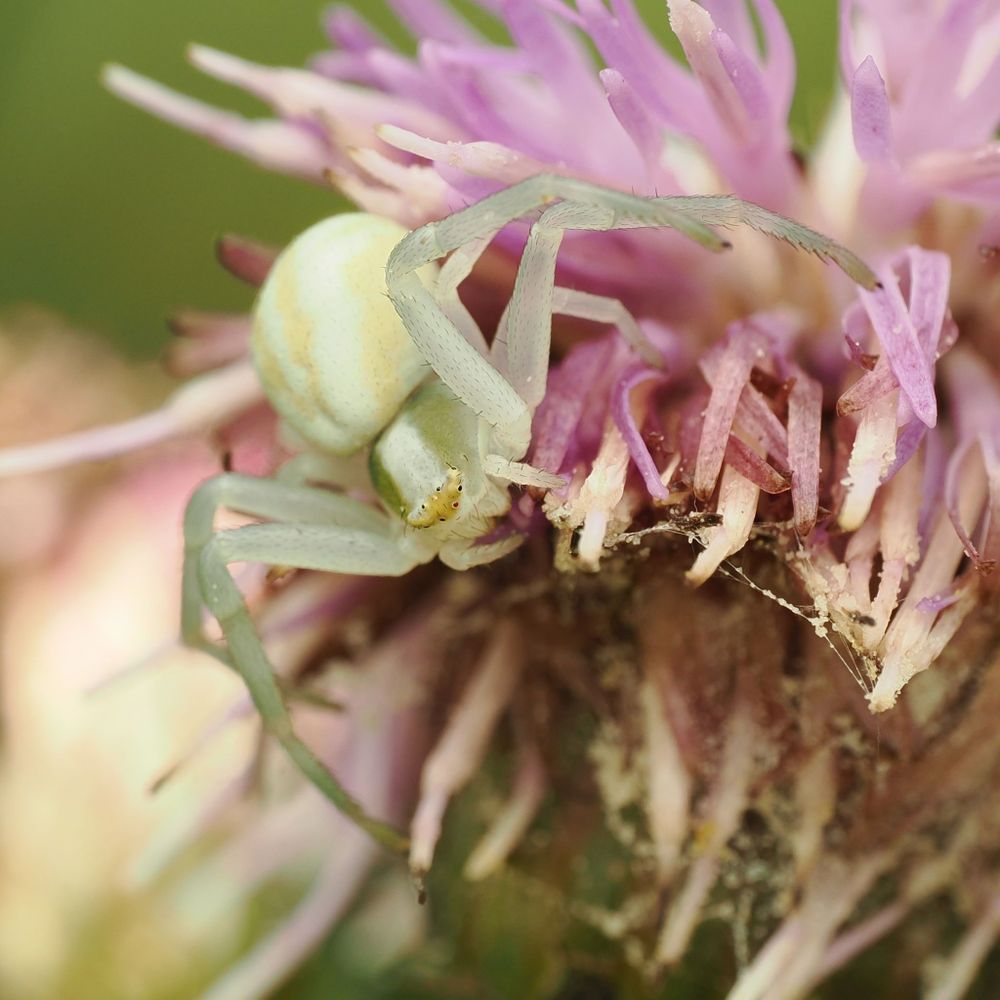
This beautiful Flower Crab Spider (Misumena vatia) was spotted hiding out on some Thistle flowers, waiting for an unsuspecting meal. We saw it eye up an Eristalis tenax (Drone Fly), but it opted out as the fly was quite large.

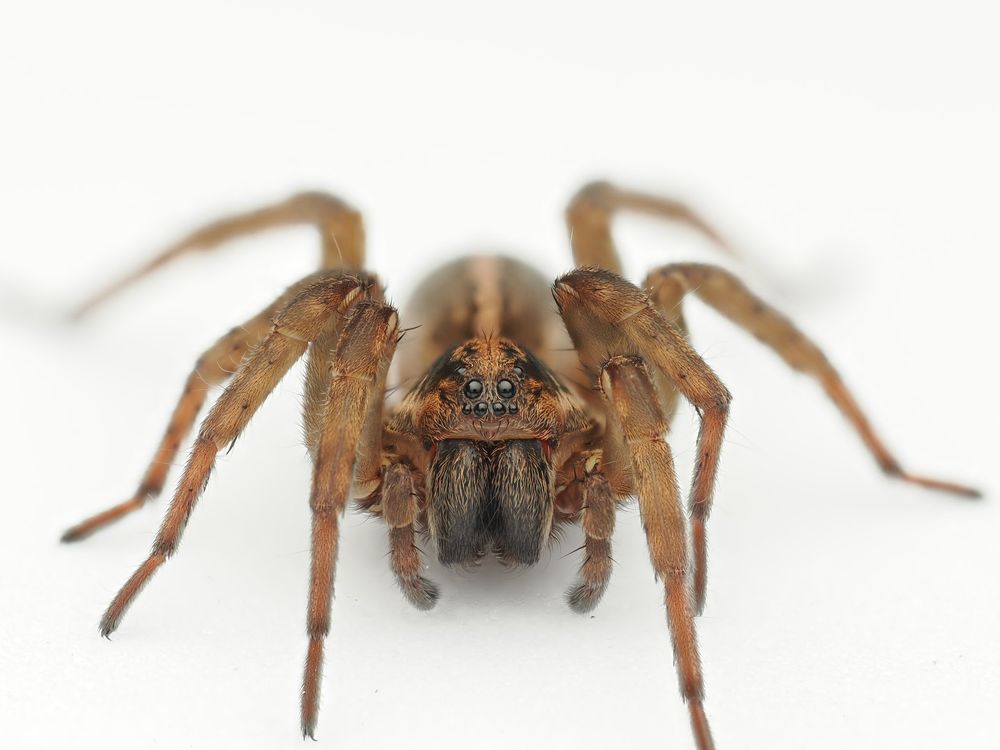
Don't forget, this is tonight at 7:30pm... tickets (Pay What You Can) are still available for the next few hours.
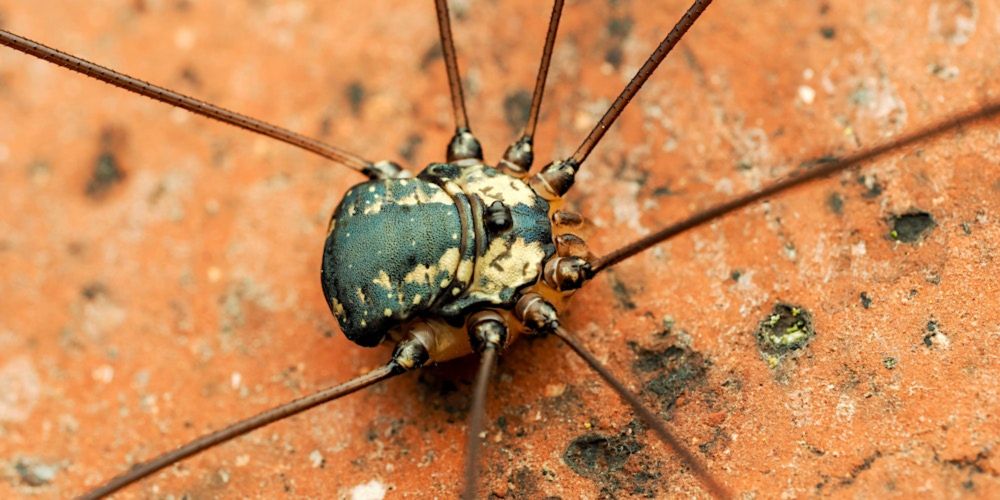
Don't forget, this is tonight at 7:30pm... tickets (Pay What You Can) are still available for the next few hours.
Tickets are Pay What You Can, and if you need a free ticket, just let me know.
irish-harvestmen.eventbrite.ie
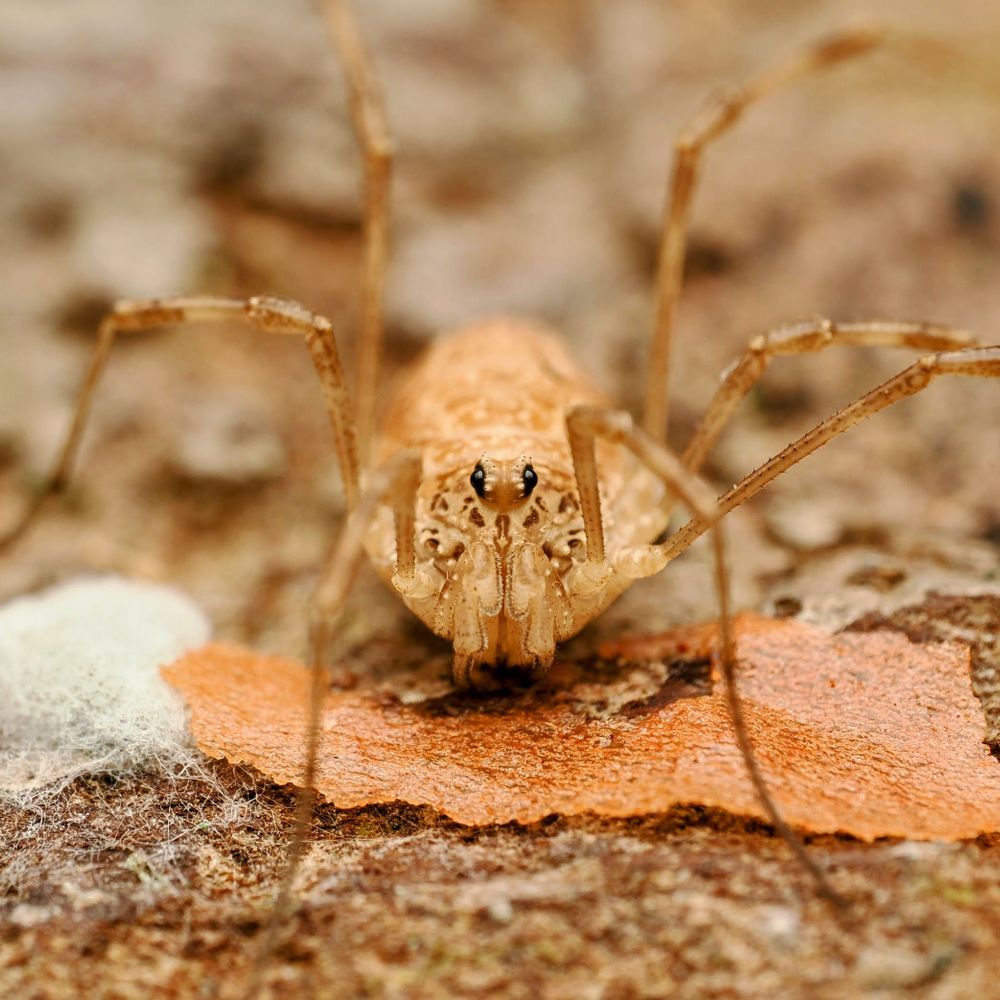
Tickets are Pay What You Can, and if you need a free ticket, just let me know.
irish-harvestmen.eventbrite.ie
If it flies, walks, crawls, or slithers, I'll find it and tell you about it. I'm really looking forward to this.
Some tickets still available at: bit.ly/fotabugs
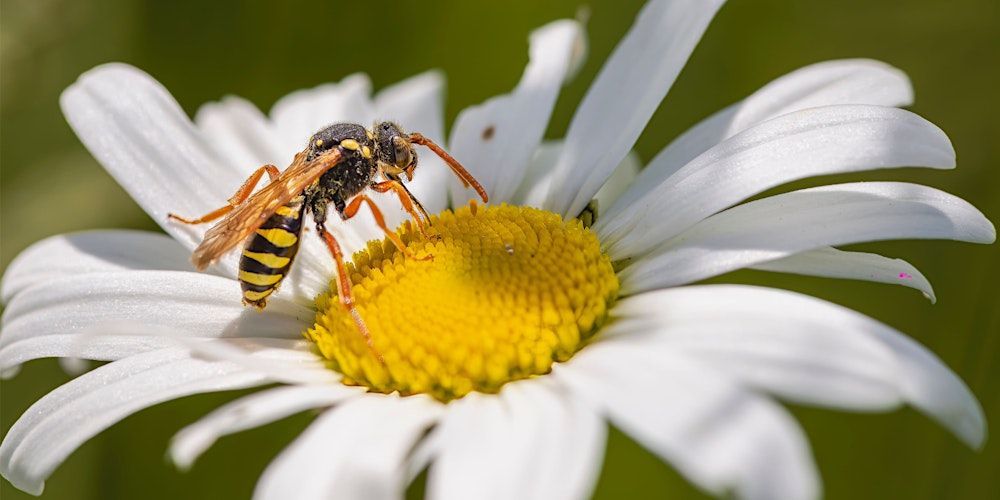
If it flies, walks, crawls, or slithers, I'll find it and tell you about it. I'm really looking forward to this.
Some tickets still available at: bit.ly/fotabugs
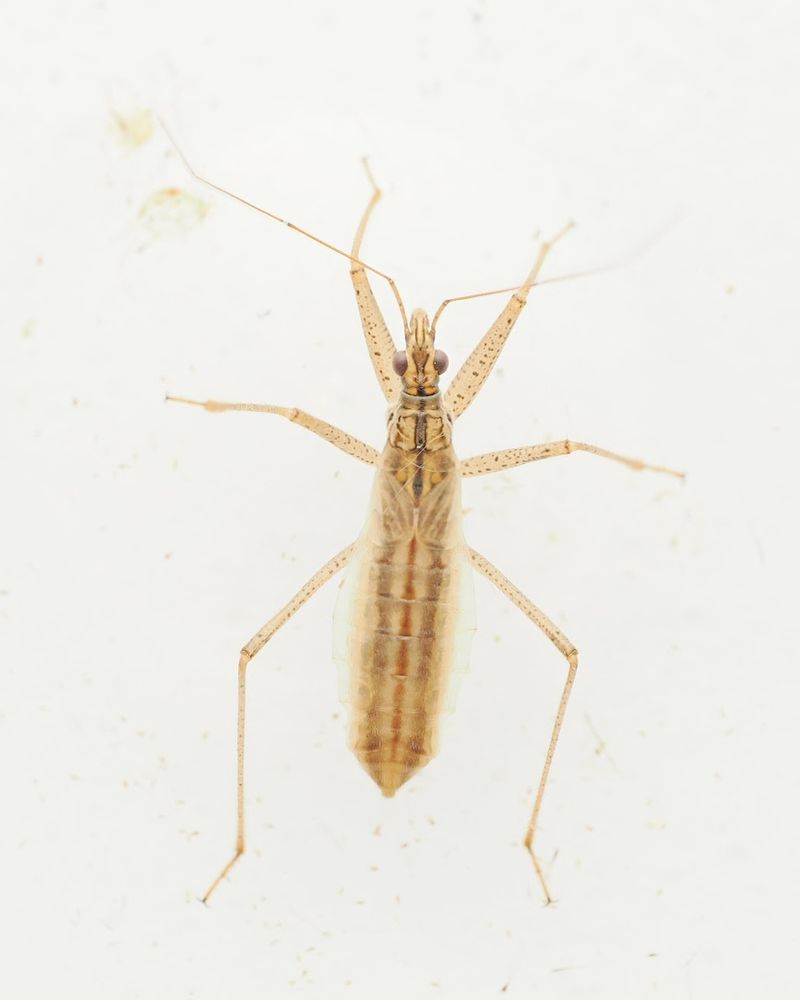

This female Mitopus morio harvestman is suffering the attention of no less than nine parasitic mites. Each is sucking out her haemolymph for its own benefit.
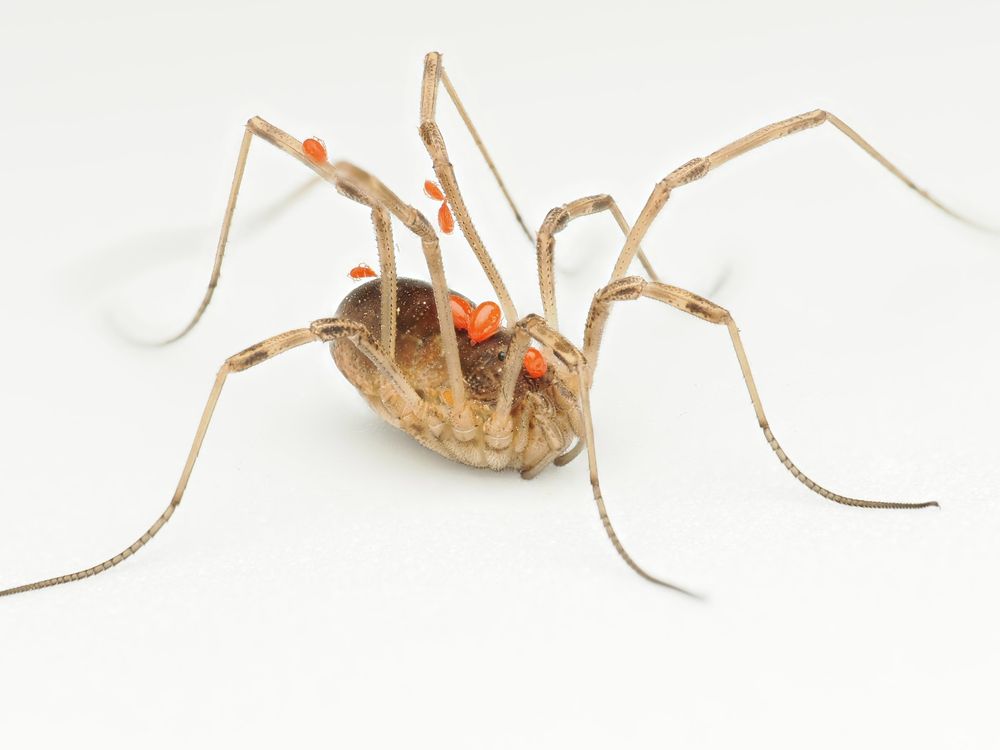
This female Mitopus morio harvestman is suffering the attention of no less than nine parasitic mites. Each is sucking out her haemolymph for its own benefit.
Just yesterday we had a stonefly (Siphonoperla torrentium), a 10-spot ladybird, a Green Drake Mayfly, a Tipula species Cranefly, dozens of Caddisflies and thousands of midges!
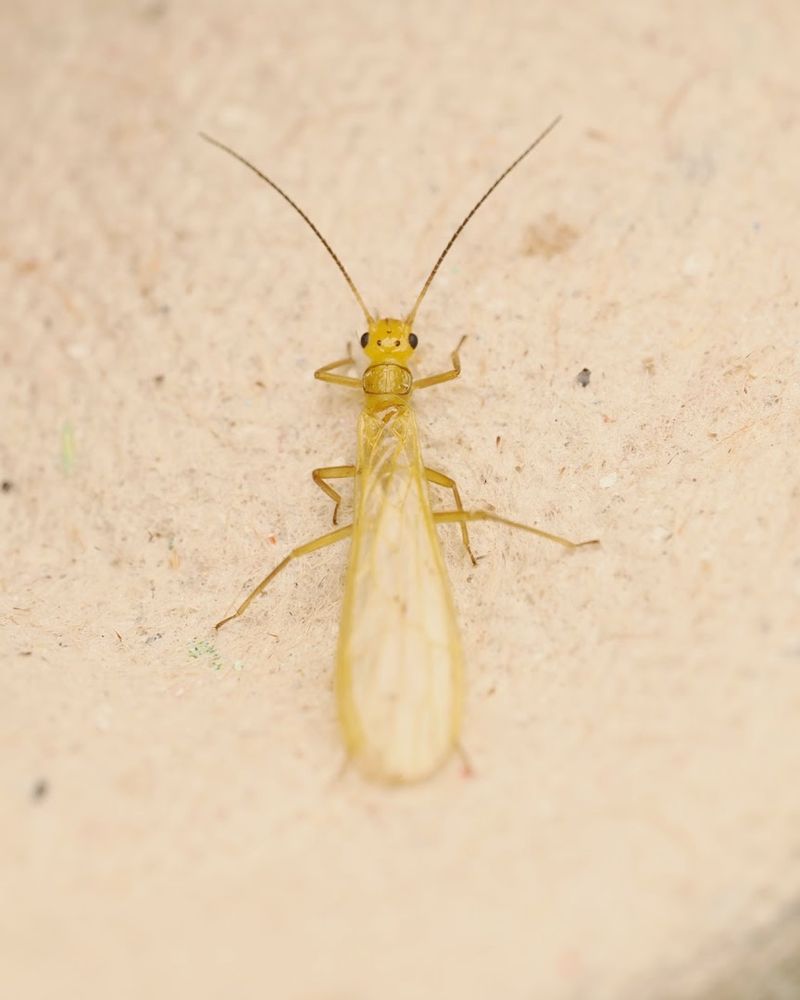
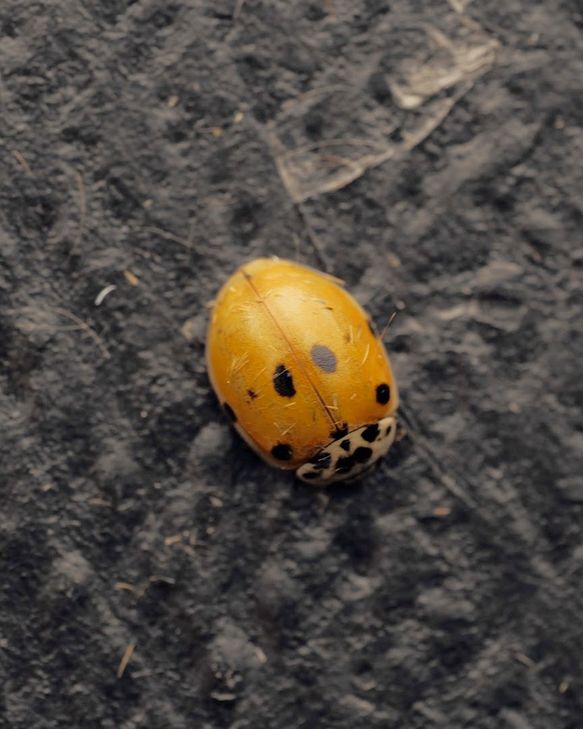

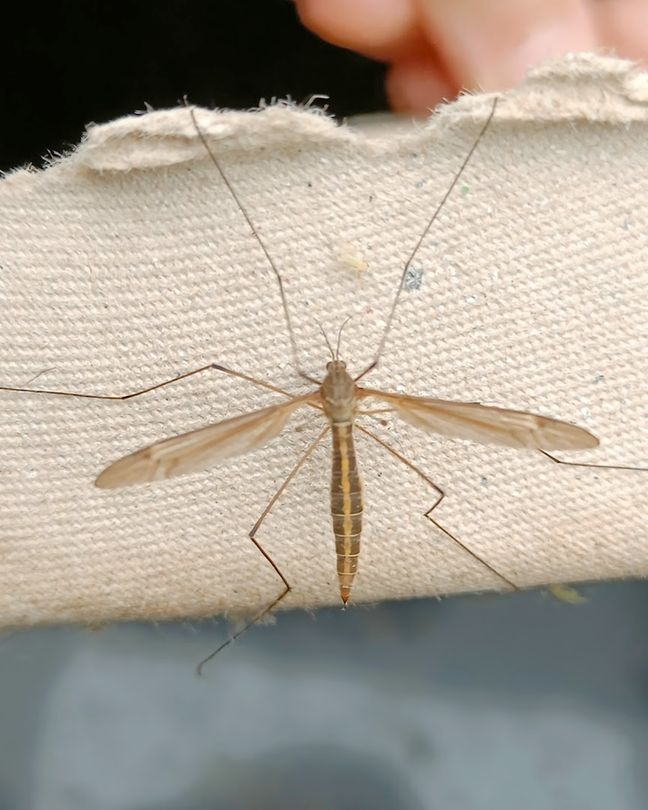
Just yesterday we had a stonefly (Siphonoperla torrentium), a 10-spot ladybird, a Green Drake Mayfly, a Tipula species Cranefly, dozens of Caddisflies and thousands of midges!
These fly regularly at night from June to August, and the larvae feed on the Bedstraw family of wildflowers.
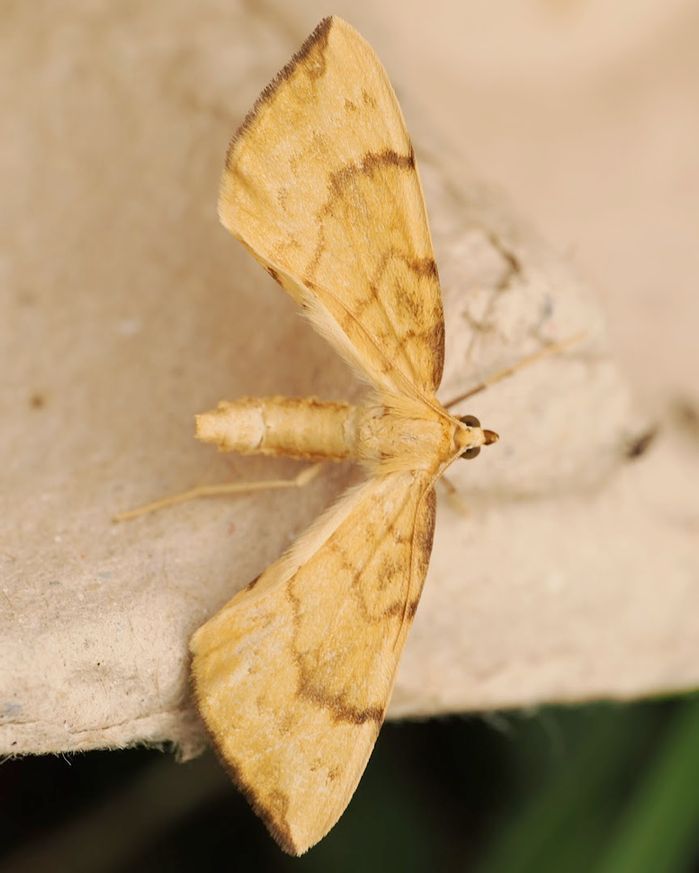
These fly regularly at night from June to August, and the larvae feed on the Bedstraw family of wildflowers.

